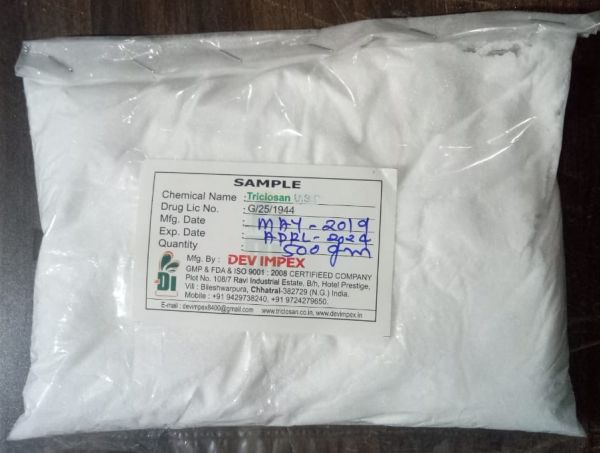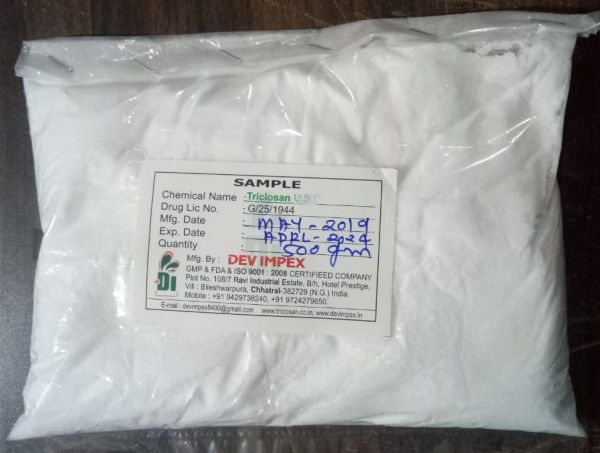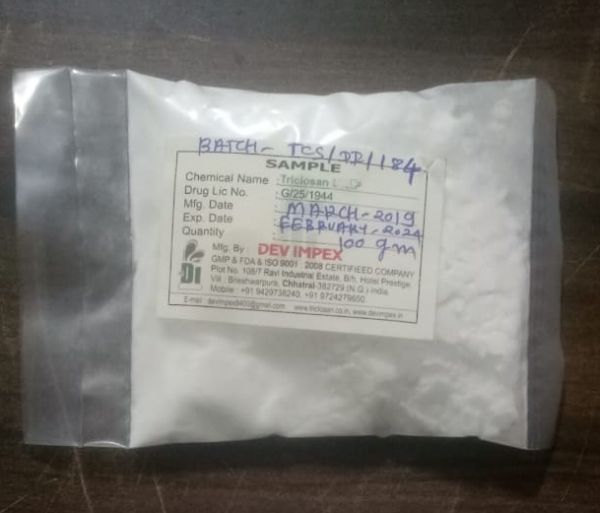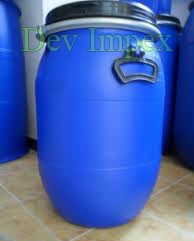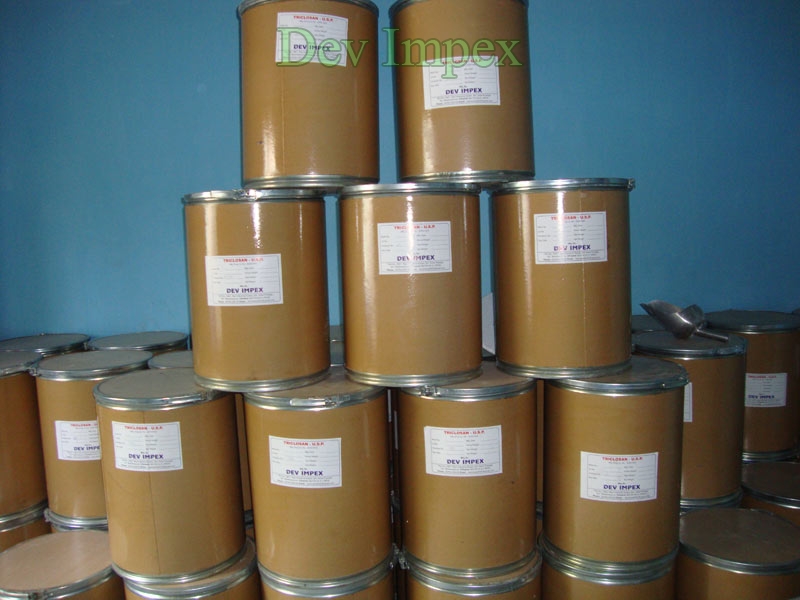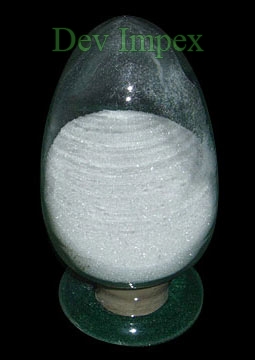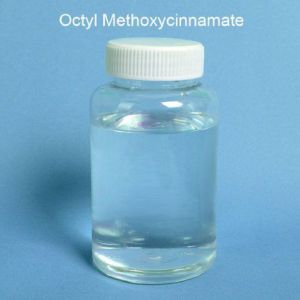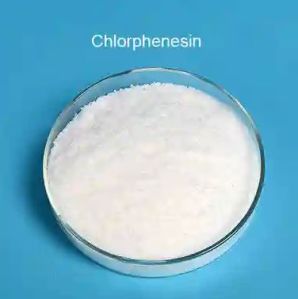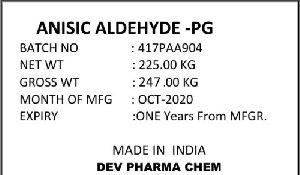| Business Type | Manufacturer, Exporter, Supplier, Retailer |
| Type | Triclosan |
| Application | Clinical |
| Color | White |
| Click to view more | |
Product Details
We offer the best quality Triclosan in the market. Formulated to accuracy, Triclosan is in conformation with the defined parameters of GMP & FDA & ISO 9001: 2008. Triclosan is used in deodorants, toothpastes, shaving creams, mouth washes, and cleaning supplies and it is infused in an increasing number of consumer products, such as kitchen utensils, toys, bedding, socks, and trash bags. Triclosan is effective in reducing and controlling bacterial contamination on the hands and on treated products. Along with this, Triclosan is used as an additive for plastic food packages that have not been approved by the EC.
Highlights
- Longer shelf life
- Precise pH value
- Efficient
- Conforms to GMP & FDA & ISO 9001: 2008
Details
- CAS No. : 3380-34-5
- Therapeutic Category/use : Anti Bacterial and Anti Fungal
- IUPAC name : 5-chloro-2-(2,4-dichlorophenoxy)phenol
- Other names : 2,4,4²-trichloro-2²-hydroxydiphenyl ether, 5-chloro-(2,4-dichlorophenoxy)phenol, trichloro-2â�²-hydroxydiphenyl ether, CH-3565, Lexol 300, Irgasan DP 300
Uses of TRICLOSAN :
Triclosan has been used since 1972, and it is present in soaps (0.10-1.00%), deodorants, toothpastes, shaving creams, mouth washes, and cleaning supplies, and is infused in an increasing number of consumer products, such as kitchen utensils, toys, bedding, socks, and trash bags. Triclosan has been shown to be effective in reducing and controlling bacterial contamination on the hands and on treated products. More recently, showering or bathing with 2% triclosan has become a recommended regimen for the decolonization of patients whose skin is carrying methicillin-resistant Staphylococcus aureus (MRSA) following the successful control of MRSA outbreaks in several clinical settings.
During wastewater treatment, a portion of triclosan is degraded, while the remaining adsorbs to sewage sludge or exits the plant in wastewater effluent. In the environment, triclosan may be degraded by microorganisms or react with sunlight, forming other compounds, which include between 3 and 12 % of chlorophenols and dioxin (In particular, 2,8-dichlorodibenzo-p-dioxin (external) (2,8-DCDD) and 2,4-dichlorophenol (2,4-DCP) are produced. Both also are photolabile and, thus, are intermediates.), or it may adsorb to particles that settle out of the water column and form sediment. Triclosan was found in Greifensee sediment that was over 30 years old, suggesting that triclosan is degraded or removed slowly in sediment.
The use of triclosan as an additive for plastic production for use in food packages has not been approved by the EC.
Looking for "Triclosan" ?
Explore More Products


